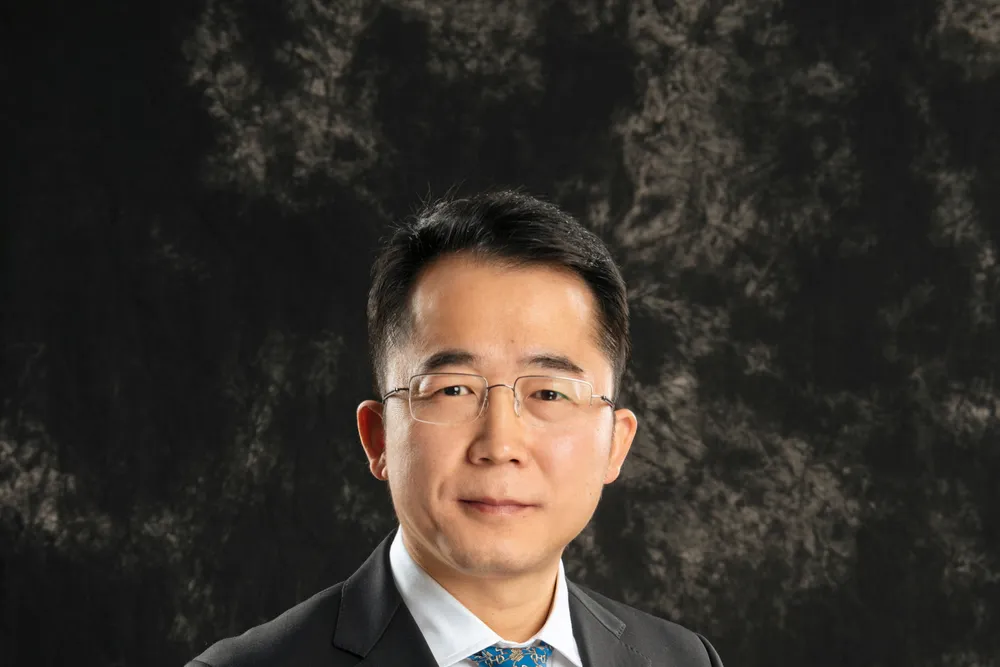'The world is irreversible': Wang looks to renewables in CIMC Raffles diversity drive
President of renowned shipyard adding renewable energy projects to roster while building capacity in traditional offshore oil and gas work

President of renowned shipyard adding renewable energy projects to roster while building capacity in traditional offshore oil and gas work
